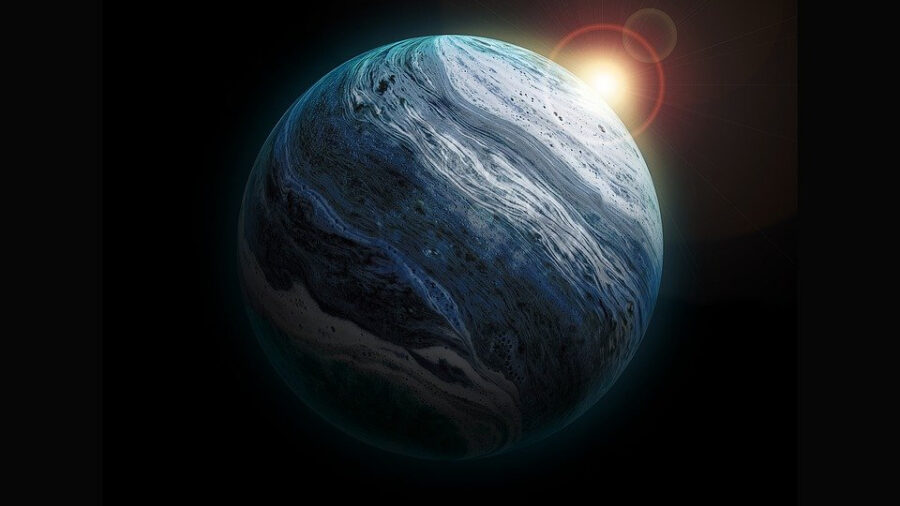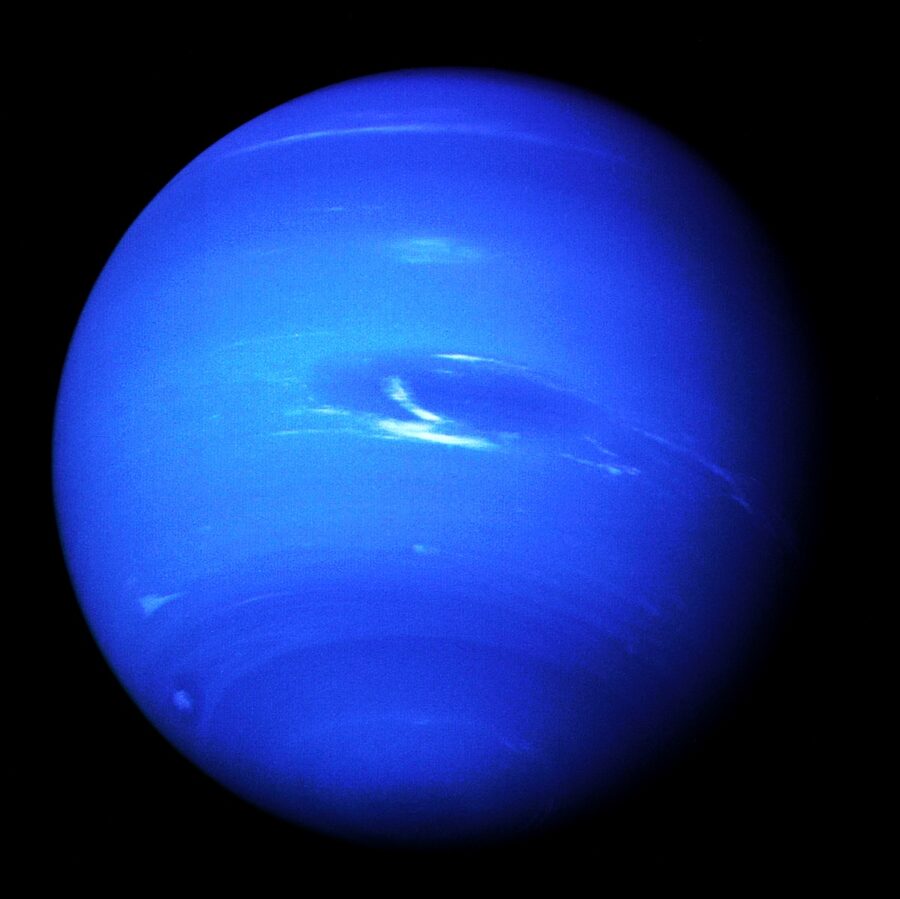Scientists Discover Another Planet In Our Solar System?
A mysterious new planet dubbed Planet 9 could be hiding in our own solar system. Here is the full rundown on the data that suggests such an amazing find.
This article is more than 2 years old

In 2006, professor Michael Rowan-Robinson attended the International Astronomical Union meeting that specifically defined the term “planet” – which effectively excluded Pluto, reclassifying the former 9th rock from Sun as a dwarf planet. Now, almost 16 years later, Rowan-Robinson is ready to upend the Solar System once again by searching for a fabled Planet 9, relying on the data collected in 1983. And while Pluto isn’t becoming a planet once again, the news about the purported ninth planet could provide some solace to those still upset over Pluto’s demotion.
According to the report published by RepublicWorld, Michael Rowan-Robinson, a leading astronomer and Emeritus professor of astrophysics at Imperial College London, found that previously gathered data shows a possible candidate for the ninth planet theory. The data itself was pulled from archived observations made by the Infrared Astronomical Satellite launched in 1983 – the very first observatory that scanned the entirety of the night sky in the infrared spectrum. Robinson suggested that the data set from the 80s could help trace Planet Nine, which, though speculated in the past, remains a hypothetical world to date.
The existence of a Planet 9 (not Pluto) in our Solar System has been theorized for some time. However, the first “viable” theory emerged in 2016, after astronomers Michael Brown and Konstantin Batygin, From the California Institute of Technology, stumbled upon a few hints that point towards the existence of such a planet. More precisely, they found that small icy objects in the Kuiper Belt region outside our solar system were strangely orbiting an invisible entity, which is only possible under a gravitational pull generated by celestial bodies and objects, such as planets and black holes.

However, Brown and Batygin’s suggestions of a Neptune-sized planet, which orbits our Sun in a highly elongated orbit, far beyond Pluto, weren’t based on astronomical observations. Instead, the duo based their claims on mathematical modeling and computer simulations, suggesting that Planet 9 is generating a gravitational pull on the group of aforementioned icy objects in the Kuiper Belt. The hypothesized planet has a mass of about 10ME (ten times the mass of Earth) and orbits some 20 times farther from the Sun than Neptune, meaning that it takes somewhere between 10,000 and 20,000 years to complete one orbit around the Sun.
Analysis of the data gathered by IRAS in 1983 revealed three source points where Planet 9 could possibly exist and narrows down the scale for a more targeted hunt. These were selected out of 250,000 point sources when IRAS surveyed the vast majority of our night sky over ten months. The satellite found uncategorized movement across surveyed regions in the sky on three occasions, in June, July, and September 1983, which prompted Rowan-Robinson to speculate that this could actually be a massive moving object – a candidate for Planet 9.
With that said, the existence of Planet 9 that orbits the edge of our solar system is yet to be proven by the scientific community. The new light shed on the previously collected data from 1983 could just be the first stepping stone towards new discoveries.











